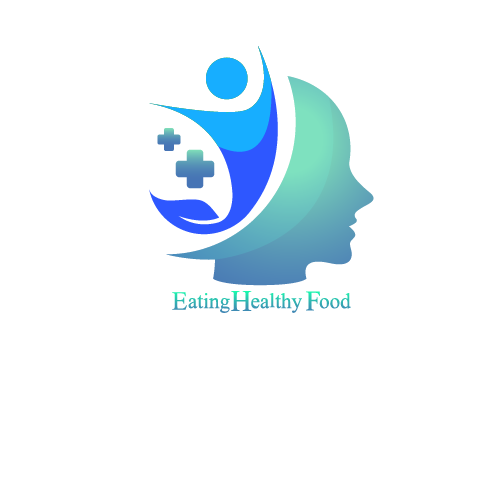Despite the amount of nutrition information we’re
exposed to, it’s not uncommon for someone to tell me, “I honestly have no idea how I’m supposed to eat or what’s actually healthy.” The Food and Drug Administration’s recent update of what defines a “healthy” nutrient content claim doesn’t provide a lot of guidance, because it’s primarily aimed at packaged foods.
https://my-store-103df50.creator-spring.com/listing/new-motivational-january-2025?product=212&variation=5828
More helpful is the joint statement the World Health Organization and the Food and Agriculture Organization of the United Nations released in October. The report addressed why a healthy diet is important — they “promote health, growth and development, support active lifestyles, prevent nutrient deficiencies and excesses, communicable and noncommunicable diseases, foodborne diseases and promote wellbeing” — and what principles determine a healthy diet:
Adequate, by providing enough essential nutrients to prevent deficiencies and promote health, without excess. What adequate means will depend on your age, gender, personal calorie needs, level of physical activity, and whether you have any health conditions.
https://my-store-103df50.creator-spring.com/listing/new-motivational-january-2025?product=212&variation=5828
Balanced in calorie intake and macronutrients (carbohydrates, protein and fat). This includes getting adequate protein and limiting saturated fat. Calorie needs vary based on age, sex, physical activity levels, and are also higher during pregnancy and lactation.
Moderate in consumption of foods, nutrients or other compounds associated with negative health effects. For example, sodium is an essential mineral, but excess sodium could contribute to high blood pressure, and while red meat is a good source of protein, iron and other nutrients, in excess it’s been linked to cardiovascular disease, cancer and other chronic diseases.
https://my-store-103df50.creator-spring.com/listing/new-motivational-january-2025?product=212&variation=5828
Diverse by including a wide variety of nutritious foods within food groups and across food so you consume enough nutrients and other health-promoting substances, such as fiber. Any food group is going to have certain nutrients in common, but individual foods within that group will vary in the relative amounts of specific nutrients. For example, broccoli is nutritious, but by itself, it’s not nutritionally balanced, so to get that balance, you need to include a variety of vegetables in your diet (that’s the “within” food group part) and include other food groups (the “across” part) to ensure that you get nutrients that vegetables don’t offer enough of.
Research has found that there is no one right ratio of carbs to protein to fat for generally healthy people seeking to support their health. Along those lines, the WHO/FAO report recommends that carbohydrates make up 45% (minimum) to 75% (maximum) of daily calories. That’s in line with most traditional, health-promoting dietary patterns from around the globe, including the oft-touted Mediterranean Diet and Nordic Diet, but also traditional Asian, Latin American and African diets. It’s also aligned with plant-based eating patterns. The most healthful sources of carbohydrates include whole grains (oats, whole wheat and rye, barley, quinoa, etc.), vegetables, fruit and pulses (beans, lentils, split peas). These contain a variety of types of fiber, as well as a wide array of vitamins, minerals and phytochemicals.
The report recommends that adults get 15-30% of daily calories from fats — primarily heart-healthy unsaturated fats, such as those found in nuts, seeds and avocado — and 10-15% of daily calories from protein obtained from a mix of animal and plant sources. The best protein sources are fatty fish, lean poultry, Greek yogurt and cottage cheese (animal-based); and pulses, nuts and seeds, and soy foods such as tofu, tempeh and soy milk (plant-based).
I’m going to quibble with that percentage a bit, because protein needs are calculated based on body weight, and increase with age, activity level and health status (some illnesses, injuries and diseases significantly increase protein needs). Going strictly by percentage of calories could lead to a nutrition shortfall for some people, ironic, given that the current obsession with protein means other people are getting more than their bodies can use. But that’s a topic for another day.










0 Comments